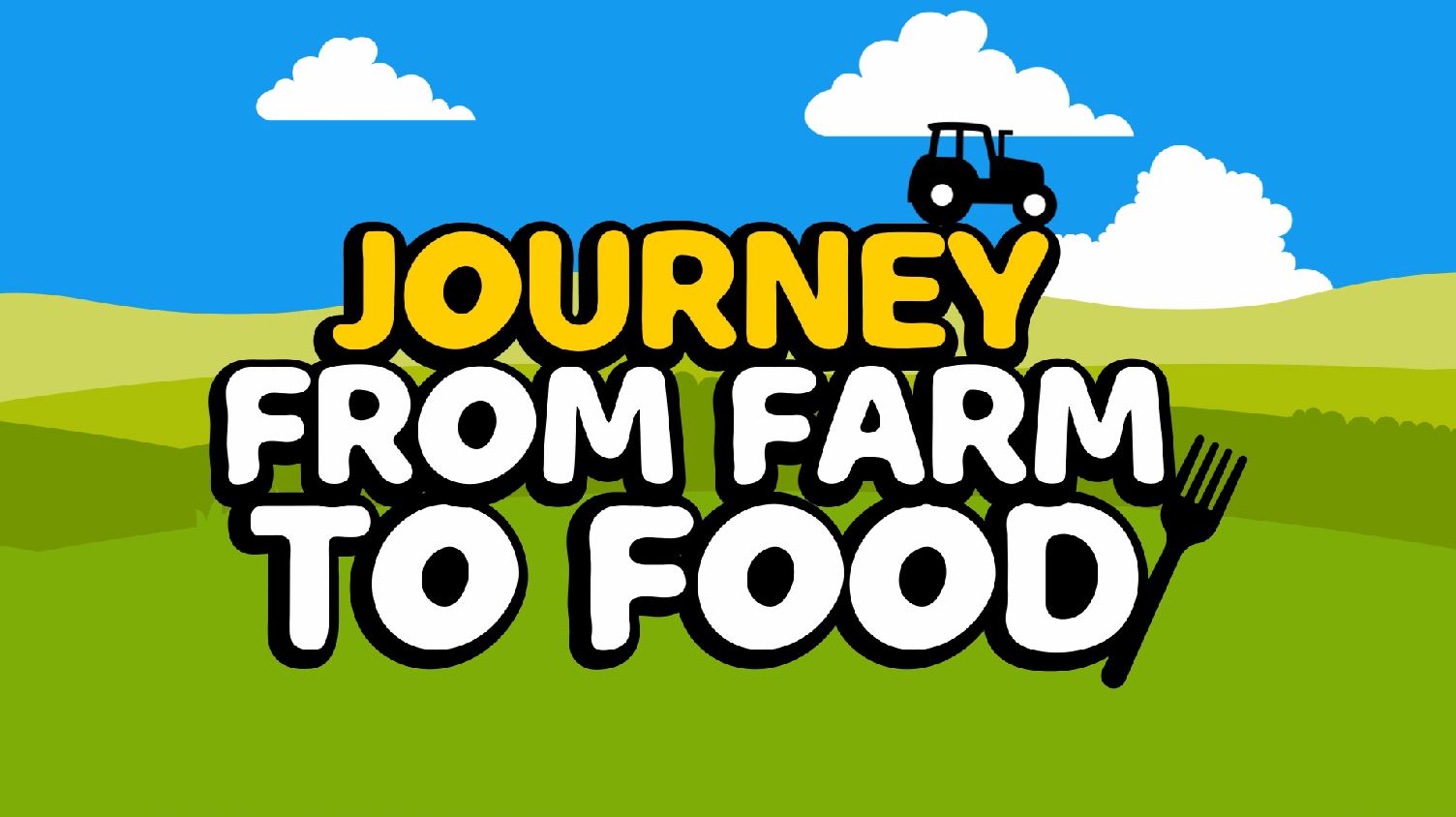Lameness in Sheep
Lameness in sheep flocks can cause significant production losses, be costly for the farmer but most importantly it can be painful for the animal
There are various conditions that make sheep lame and it is important to know what you are dealing with to ensure the treatment is effective.
Check your sheep regularly and treat any problems promptly. Some conditions are infectious e.g footrot and contagious ovine digital dermatitis (CODD), so care needs to be taken to avoid the disease spreading through other groups on your farm and beyond.
Further information on controlling and treating lameness in sheep flocks can be found by clicking on the resources below.
An investigation into contagious ovine digital dermatitis lesion treponeme bacteria and their antibiotic susceptibilities
Background
Contagious Ovine Digital Dermatitis is recognised by farmers and vets as a serious welfare and economic issue for many UK farmers (FAWC report 2011). Research we conducted across Wales in 2011 demonstrates that CODD currently affects 35% of farms. Current approach to treatment relies on the extensive use of antibiotics, often in a whole flock strategy using antibiotics, and in particular, the macrolides group. These antibiotics are considered very important for human medicine and with current concerns over rising antibiotic resistance in humans and animals it is essential that antibiotic use in food animals is carefully considered.
The treponeme bacteria are considered to be the main bacteria which cause CODD in sheep. Recent advances in molecular biology techniques allow us to investigate in more detail the strains of bacteria involved in the disease and their susceptibilities to different antibiotics and whether they vary between different farms.
Support of this work by the Welsh Meat Industry would enable improved evidence based treatment advice for CODD; this would directly benefit producers of Welsh lamb as well as benefit farmers and vets in the rest of the UK.
Aims of Project
1) To investigate the variation in treponeme bacteria found in contagious ovine digital dermatitis lesions from different farms.
2) To investigate the variation in antibiotic susceptibilities of treponeme bacteria from contagious ovine digital dermatitis lesions from different farms.
The project was funded by HCC and EBLEX


